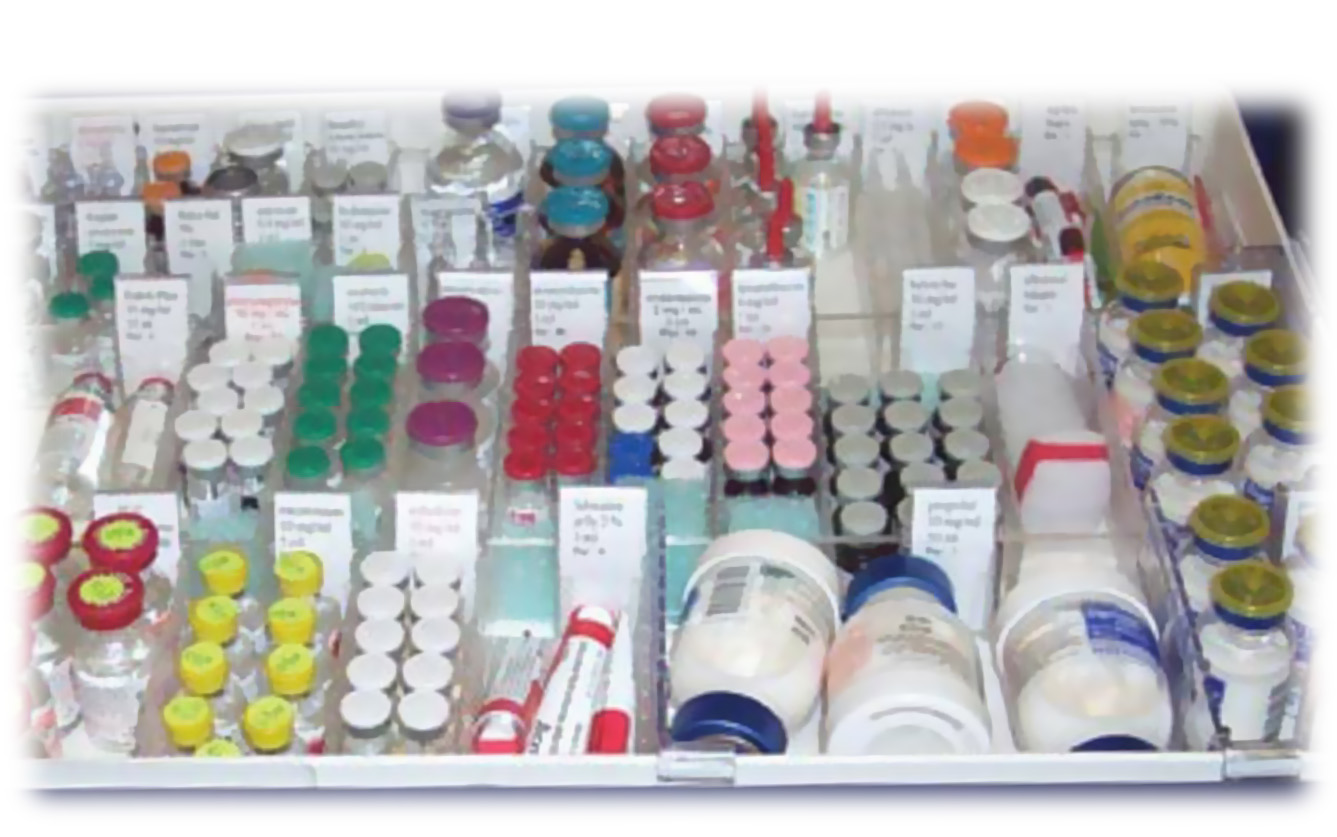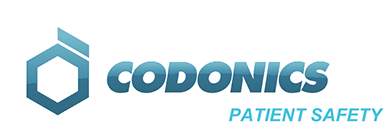Inventory Control
Overview
The operating room generates 40-60% of the total hospital supply expenditures but inventory management has been challenging for this extremely busy environment. Poor management of drugs and supplies is not only extremely costly to the hospital, it can lead to patient safety issues, wasted inventory and may even result in surgery delays or cancellations.
Because times are changing — reimbursements have declined and so have profits for surgery –the OR has become a cost center. This is the result of several factors, including the lack of systems to provide data to support the level of inventory that is needed and tracking what medications and supplies were used so that they can be properly billed to the patient. Ensuring inventory is properly managed is of critical importance if a hospital wants to remain financially stable. Codonics Safe Label System can help to greatly increase inventory control accuracy to improve charge capture and decrease stock outs.

Anesthesia carts manage narcotic inventory
Automated dispensing carts (ADC) enable the OR to keep tight controls of and better manage their narcotic drug inventory. When it comes to controlled substances, ADCs manage inventory well. As a narcotic is removed from the drawer, the cart’s inventory is automatically decremented. This enables medications to be electronically documented for billing on dispense while keeping track of the inventory remaining in the cart.
However, ADCs are also commonly associated with inventory control issues of non-narcotics that can lead to stock-outs causing patient safety concerns and greatly interrupting the workflow of both anesthesia and pharmacy. While ADCs provide immediate access to non-controlled inventory – the clinician simply opens a drawer and removes the medication needed – they also lack the checks and balances to ensure what is pulled from the cart is accounted for. More often than not, medications are removed from the cart, drawn up and either administered or wasted without the clinician telling the cart and closing the loop.
A closed loop system for effective inventory management
Codonics Safe Label System integration with ADCs enables a single barcode scan of non-controlled items which eliminates redundant activities and provides accurate inventory accounting. When scanning a vial or ampoule on the Safe Label System, the NDC of that medication is passed to the cart, automatically decrementing inventory and capturing the appropriate patient charge (for billing on dispense). At the same time, SLS automatically produces a TJC-compliant label that is ready to apply to the syringe, completely eliminating the need for handwriting.
As part of the workflow, Safe Label System:
- Helps eliminate potential stock-outs during procedures by improving inventory accuracy
- Allows a single scan to identify the medication on the Safe Label System while accurately decrementing inventory used in the cart, reducing redundant activity
- Captures the exact NDC for every vial/ampoule scanned to improve charge capture (bill on dispense), and
- Significantly improves safety and compliance
Manual drug carts for inventory control
With non-automated carts, narcotic drugs are safeguarded under lock and key while providing immediate access to non-narcotics. However, there is no electronic tracking of what clinician or when. Once the cart is unlocked, there is immediate access to narcotic drugs and constant access to non-narcotics. Safe Label System (SLS) integrates with manual carts and using our Data Analytics tool, can provide pharmacy insight into what drugs are used, by whom, and when in the OR. Part of the SLS Administration Tool, a sophisticated software that resides in pharmacy, reports that summarize events, controlled and non-controlled medication scans, and actions taken in real-time help to monitor and control inventory.
SLS Advanced Smart Scanning (SASS)
When integrated with an ADC that supports SASS, SLS also decrements inventory of any item in the cart that contains a barcode when scanned at SLS. For example, SLS allows you to scan non-drug containers (e.g. gauze, syringes) that have barcodes on their packaging and automatically decrement the cart inventory. The system provides audible confirmation of the item scanned to help ensure safety.
*SLS common scan integration is offered with some of our partners. Ask your sales representative for details.
